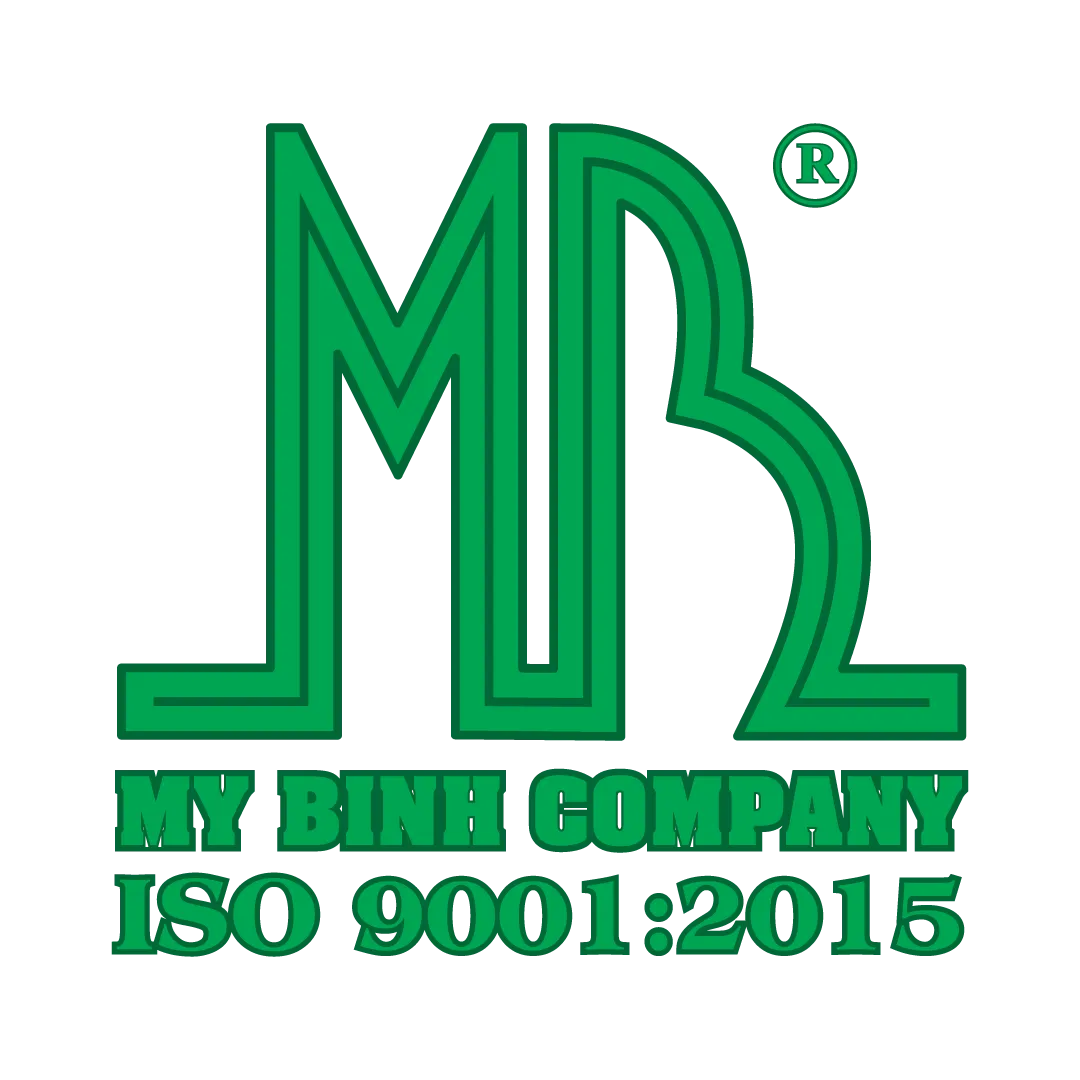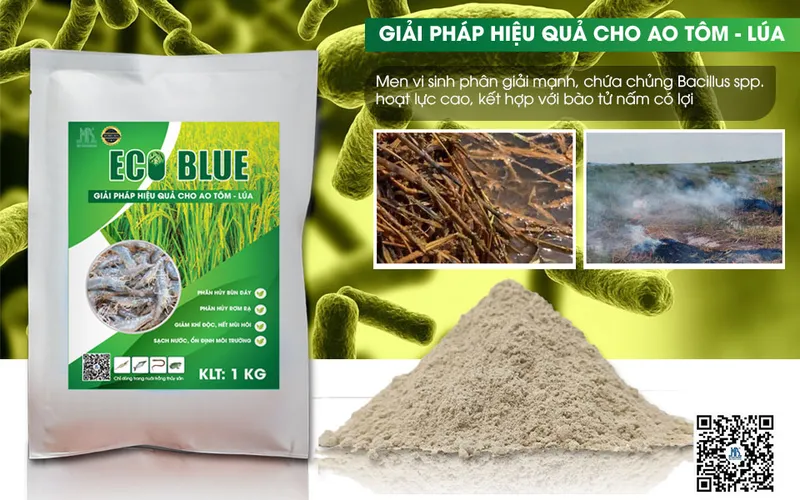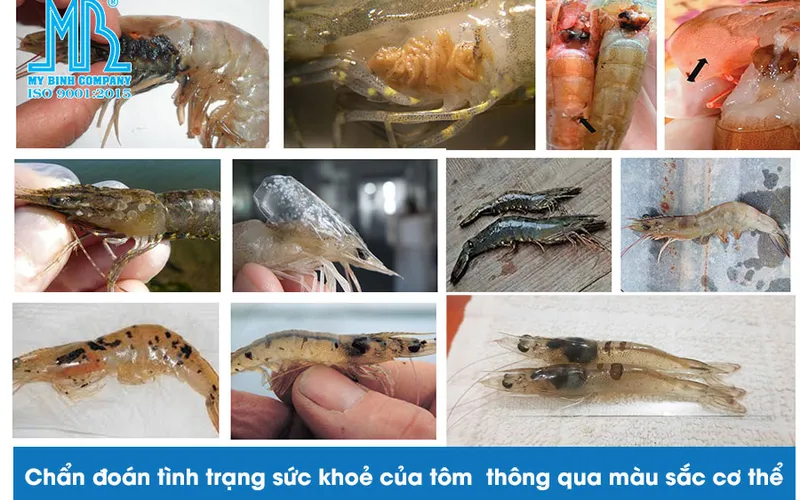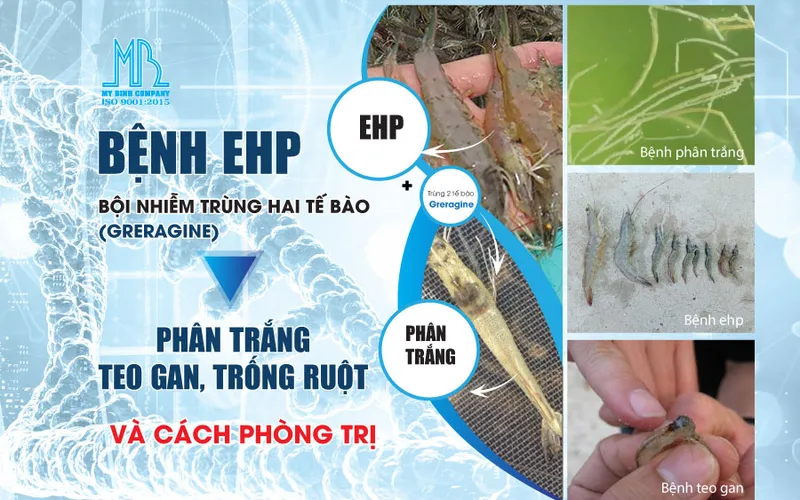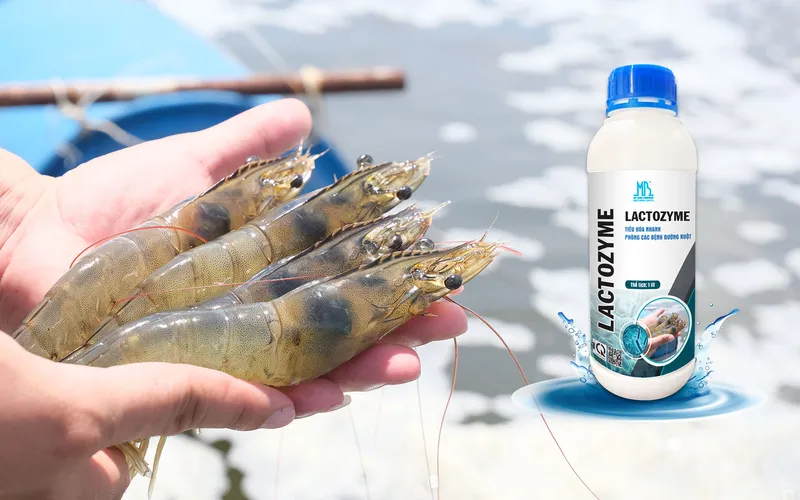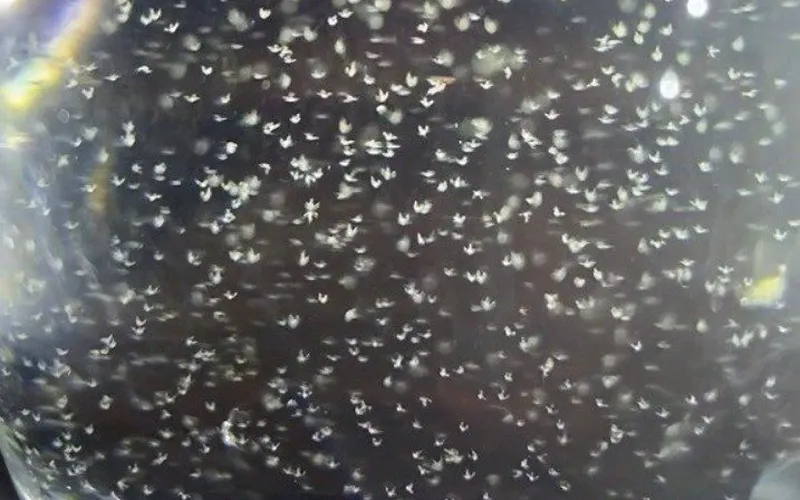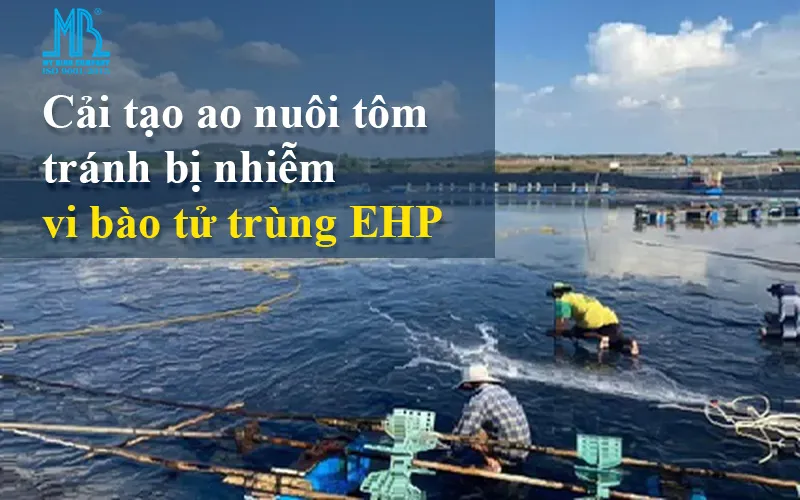TECHNICAL
22/07/2025 1833 Views
The rice–shrimp rotational (or integrated) farming model is a widely adopted sustainable agricultural practice in the Mekong Delta, particularly in the provinces of Bac Lieu, Ca Mau, Soc Trang, and Kien Giang. This model alternates between the saline water season and the freshwater season, making the most of natural conditions, reducing investment costs, and minimizing pollution and disease risks.
13/08/2024 2540 Views
In fact, we can partly judge the health status of shrimp through their body color.
09/08/2024 1521 Views
Currently, the trend of raising high-tech models at high density has caused shrimp farming to encounter many obstacles due to diseases and pollution of water sources in ponds and farming areas. There are three main types of toxic gases in ponds: NH3, NO2, and H2S, which are often toxic and affect farmed shrimp.
08/08/2024 2583 Views
Translucent Post-Larvae Disease (TPD) is a significant concern in aquaculture, particularly shrimp farming. This disease can lead to substantial economic losses due to the high mortality rates in shrimp post-larvae. Understanding TPD, its causes, symptoms, and preventive measures is crucial for sustainable aquaculture practices.
07/08/2024 1512 Views
White Feces Syndrome (WFS) is a growing concern in shrimp aquaculture, posing significant threats to shrimp health and farm productivity. Understanding the causes, preventive measures, and effective treatments is essential for maintaining a healthy shrimp population and ensuring the success of aquaculture operations.
08/07/2024 3279 Views
Currently, the EHP epidemic in shrimp is not only serious in terms of infection level but also more dangerous in the possibility of superinfection with many other pathogens, typically superinfection with 2-celled parasite (Greragine) causing white feces syndrome. White liver, atrophied liver, and empty intestines are extremely dangerous for farmed shrimp.
04/03/2024 4649 Views
The shrimp farming industry is currently facing many difficulties. The low export situation has greatly affected shrimp prices, leading to the economic burden of many shrimp farming households.
21/02/2024 4541 Views
Like other crustaceans in general, the growth of white-legged shrimp in particular must undergo a molting process. The mechanism of molting is the result of a process of synergistic effects of many factors and takes a certain amount of time.
23/10/2023 10543 Views
White-legged shrimp (Litopenaeus vannamei) is a form of eastern Pacific pandan shrimp that is often caught or raised for food. In nature, shrimp mature, mate, and reproduce in waters 70 meters deep with temperatures of 26-28 degrees Celsius and quite high salinity (35%o). Here we invite you to learn about the development stages of white leg shrimp.
04/02/2025 6388 Views
In shrimp farming, EHP microorganisms are not only a seasonal occurrence such as red-body diseases - white spots or acute hepatopancreatic necrosis. This disease has grown very strongly on a wide range, with the coverage and the ability to infect quickly.

